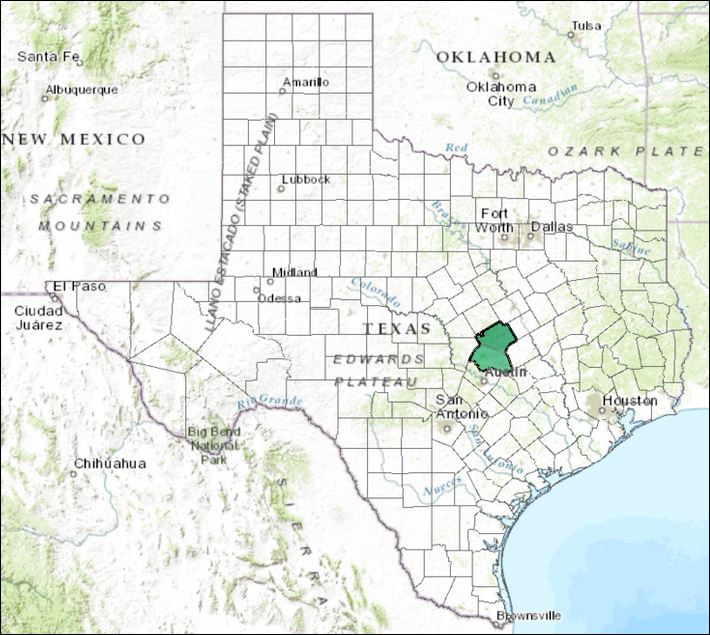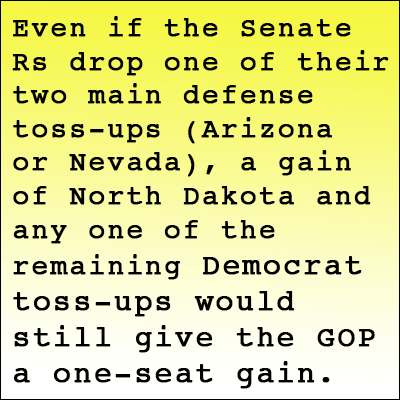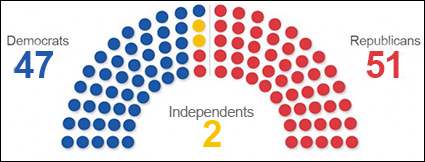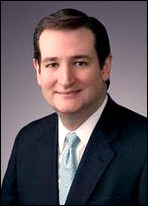By Jim Ellis
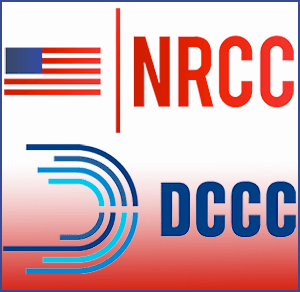 Sept. 28, 2018 — The old saying, “put your money where your mouth is,” certainly applies to campaign politics, and we have new evidence of that. Currently, there is much conjecture and banter about which candidates are going to win various House races, including media prognosticators making predictions about how the Nov. 6 election will unfold, but a better clue as to what the party leaders actually believe can be found in their spending reports.
Sept. 28, 2018 — The old saying, “put your money where your mouth is,” certainly applies to campaign politics, and we have new evidence of that. Currently, there is much conjecture and banter about which candidates are going to win various House races, including media prognosticators making predictions about how the Nov. 6 election will unfold, but a better clue as to what the party leaders actually believe can be found in their spending reports.
Looking at the most recent independent expenditures from the Democratic Congressional Campaign Committee (DCCC) and the National Republican Congressional Committee (NRCC) tells us which races the party leadership believes are their top current priorities. For a full report on all recent expenditures, check the Daily Kos Elections blog, Daily-Kos-Elections-Live-Digest-9-26.
Though the latest expenditure reports tell us which are the hot, undecided races, they don’t provide the entire picture. Media market size and previous expenditure amounts also must be considered, particularly the former. For example, a $378,000 DCCC media buy in the 2nd District of Kansas is major, whereas spending $375,000 in Nevada’s 3rd District wholly contained in the expensive Las Vegas market isn’t nearly as large even though the dollar amounts are equivalent.
That being the said, the districts where the DCCC is spending more than $500,000 in current expenditures are:
• VA-10: Against Rep. Barbara Comstock (R-McLean) – $567,000
• MN-1: Open seat defense district – $539,000
• WA-8: Open seat conversion opportunity – $518,000
• NV-4: Open seat defense district – $508,000
• MN-8: Open seat defense district – $500,000
The NRCC is spending similar amounts but not as much in:
• WA-8: $484,000
• FL-26: Protecting Rep. Carlos Curbelo (R-Miami) – $435,000
• VA-10: $422,000
Obviously, the VA-10 and WA-8 races are very hot because both districts are at the top of each party’s expenditure lists.
Continue reading

